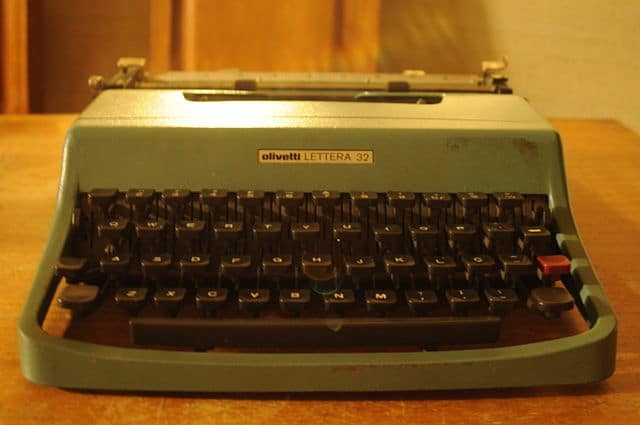So, when you do something repeatedly for many, many times, your body learns it and then it repeats it efficiently and with ease. This, pretty much, what muscle memory is.
It is like when we are cycling; we are not thinking “now I am going to do a pedal stroke with my left foot and at the same time I will be raising my right foot while releasing tension on the pedal, and then, I am going to repeat this same process with my right foot.” No. We just set our minds to our preferred destination and let our feet do their task—A task that we have practised countless times and has been embossed on our minds forever. Of course, we would still have to deliberately contemplate the pedaling process, but this thought is being done with minimal strain on our mental capacity; the muscle memory of our feet kicks in and we will just follow along.
Equally, the same applies to any disciple that involves repeated use a particular part of our bodies that possesses muscles; seasoned painters use muscle memory to draw a perfect circle. Pole vaulters to jump over the bar. Writers swear on their writing routine because they have learned to work with a particular set of tools that free their minds and let them concentrate on the story—So the saying goes that an artist’s tools are sacred. And they are, indeed, because they closely relate to a muscle memory. Talking about writers, Cormac McCarthy used his beloved Olivetti Lettera 32 typewriter for over 40 years. And when it broke he didn’t choose a trendier tablet to “write” at Starbacks; He used another, same typewriter, to continue his art. As you may appreciate, muscle memory exists everywhere.

Figure: An Olivetti Lettera 32 typewriter similar to the one used by Cormac McCarthy to write his novels. A possible reason he insisted on writing with this typewriter is that he found comfort in using his preferred tools; muscle memory at its best.
One Caveat:
Now let’s move on to the piano, because, as you may understand, the examples to reinforce the importance of muscle memory are innumerable.
First thing to realize is that our hands (and feet, and posture, etc.) do not know what is right or wrong when playing the piano—Our brain does. Our muscles only learn to play what they are instructed to play. They cannot judge the legitimacy, per se, of what they play. And as we all know, the more we play something the more we chisel it on our minds.
If we instruct our hands to play a wrong note, they won’t know if the note is indeed wrong, or otherwise. Our hands will just play that wrong regardless; equally, they will wrongly phrase a passage, they would keep stopping at the end of a phrase, and generally they would remember to do the same thing if this thing is done repeatedly for a certain amount of times.
So, when you ask yourself “Why I keep playing that F instead of the correct F sharp?” The answer is because you taught your hand to do so (by playing it incorrectly). Or, you might have said to yourself “I cannot play this piece, it is too hard for me.” Yes, again the reason is because you have taught your hands to use a specific way to approach this type of music, and now it is very difficult to let go that muscle memory and start afresh.
To finish this, I would say that not only can we teach our hands to play correctly but we are responsible when “teaching” them to play wrongly, too. As I said, hands do not know right from wrong—our brain does. What hands repeatedly do, they learn it as is.
So, our ultimate task when practising a piece is to minimize the number of wrong doings we inflict upon our hands, and increase the amount of times they do right.
Let’s tame the beast of muscle memory and keep it our friend in our life’s pianistic journey.
======
Copyright © 1st of April 2020 by Nikos Kokkinis
GOLD MEMBERSHIP:
✔️ One new work every month. (minimum)
✔️ All our current sheet musics for free
✔️ Music always in your account to download for free

